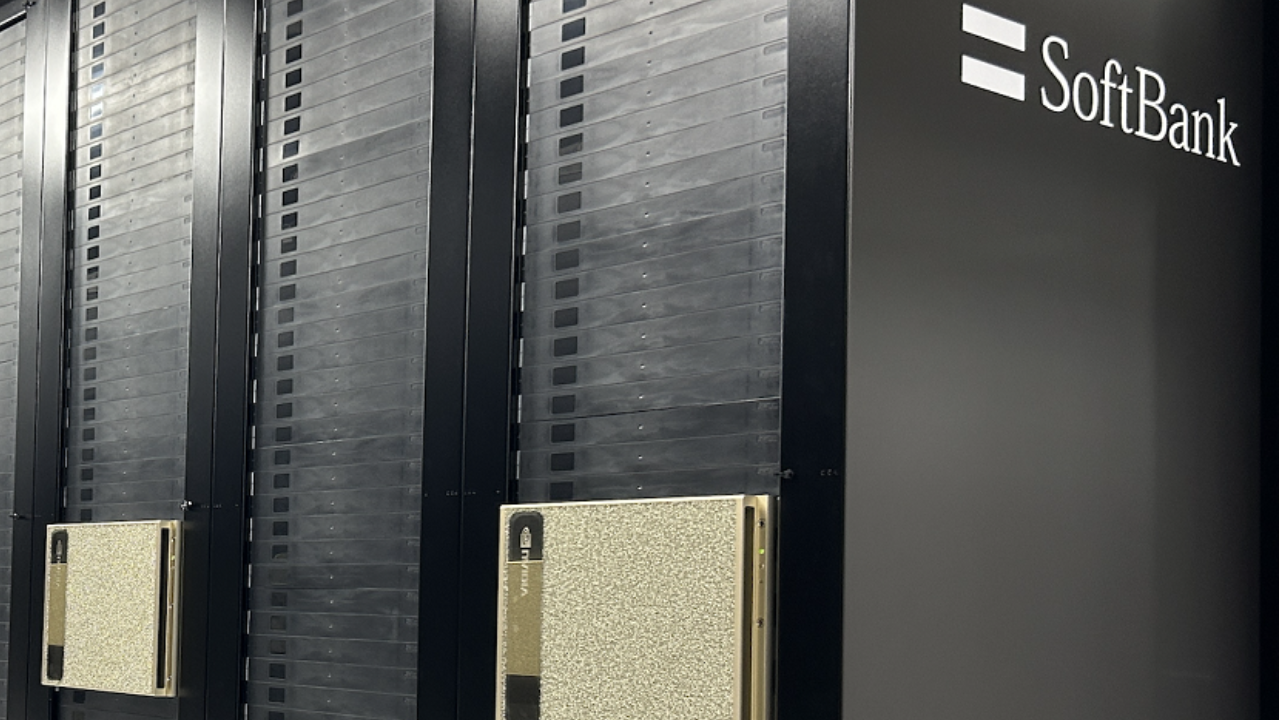Generative artificial intelligence is entering business faster than many executives expected. According to the survey, more than 80% of companies are planning to implement new AI features in the next three years. Chatbots serving customers, assistants supporting developers, document analysis tools – in many organisations, these solutions are already in pilot or production.
But with increasing pressure for quick results, a familiar problem is returning: the automation story seems to be repeating itself. Companies today face similar risks to those that accompanied RPA implementations a decade ago, and BPM systems before that. If CIOs and boards do not learn the lessons of that experience, AI could get stuck in the same ‘pilot trap’ from which it is difficult to escape.
Technological déjà vu
In the early 2000s, companies invested massively in business process management (BPM) systems. In theory, they were supposed to unify and streamline workflows across entire organisations. In practice, it soon became apparent that BPM tools enforced rigid rules that were difficult to adapt to business realities.
A decade later, the RPA wave arrived. The promise was enticing: rapid automation of repetitive tasks without IT involvement. Companies began deploying bots that logged into systems, copied data and prepared reports. In the short term, the savings were noticeable, but the scale of the problems grew just as quickly. Bots operated in silos, without central oversight, and proved costly and inflexible to maintain.
Today, history is repeating itself. Generative AI promises immediate value – from automated customer service to code generation. But without a coherent architecture and proper governance, the result can be the same as with BPM and RPA: technology that creates new barriers and technical debt instead of making life easier.
The trap of quick success
The most common mistake in AI implementations is the pursuit of immediate impact. Many companies see generative tools as a way to cut costs quickly – launching a chatbot in customer service or deploying an assistant to support sales teams.
Initially, this works promisingly. But without central orchestration and a well-thought-out architecture, solutions quickly prove difficult to scale. Each new deployment scenario requires additional configuration, and integrations become increasingly expensive. The result is a collection of local experiments instead of a strategic transformation – working in the here and now, but without long-term value.
Silos of automation versus orchestration
The second problem is recurring technological fragmentation. Many companies are deploying different tools in different departments – one team is using document processing solutions, another is testing AI agents in marketing, another is running bots in financial systems.
Each project can solve a local problem, but the lack of a common process architecture means that the whole does not work together. When the need for modifications arises – if only because of new regulations or system migrations – it turns out that each automation ‘island’ has to be rebuilt independently.
AI is no exception. Without a central layer of orchestration that brings together people, systems and AI agents into a cohesive process, the organisation risks a repeat of South Africa’s history – an expensive patchwork, difficult to manage and inflexible to change.
Rigidities as a barrier to innovation
The third lesson relates to technological foundations. In the days of BPM, companies spent months documenting ‘ideal processes’, which in practice turned out to be inflexible and of little use.
A similar mistake can be made today by designing AI systems within a closed, rigid framework. Tools that cannot evolve with the business quickly become a burden. When market conditions change, or a new product or regulation emerges, such solutions require entire processes to be rebuilt from scratch.
The solution is a composable and dynamic approach. AI should operate in a flexible architecture that allows for rapid change, observability and continuous process improvement.
Why is it risky right now
In the case of BPM and RPA, the impact of errors was largely local – affecting individual departments or processes. In the case of AI, the scale is much larger.
Today’s generative systems operate in real time, are in direct contact with customers and are subject to increasing scrutiny by regulators. Mistakes made in isolated implementations are therefore not just an IT problem – they can hit a company’s reputation and even expose it to legal liability.
A strategic lesson for the CIO
The history of automation shows that technology alone is not enough. As important as the tools are the architecture, governance and integration capability.
AI should be treated not as a separate solution, but as part of a broader business process architecture. This means investing in orchestration, central observability and control mechanisms. In this way, organisations can not only implement new functions, but also monitor their performance, understand the decisions made by AI systems and intervene when needed.
Companies that approach AI in this way have a chance to build a competitive advantage. Those that treat it as a ‘gadget’ implemented point-by-point will be stuck in the same place where South African projects stopped a decade ago – trapped in a pilot, with no real business value.
Generative artificial intelligence has the potential to change the way businesses operate. But this potential will not be realised on its own. Without a coherent architecture and central orchestration, AI will remain another episode in the history of misguided IT implementations.
Real success today is not about how quickly a company launches a chatbot or copilot, but how skilfully it builds AI into its processes – flexibly, transparently and at enterprise-wide scale.












